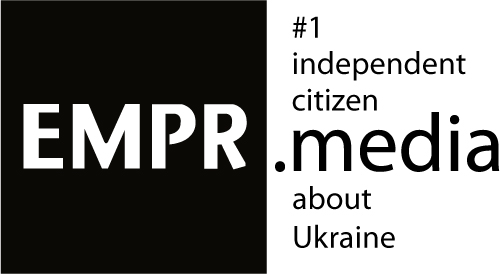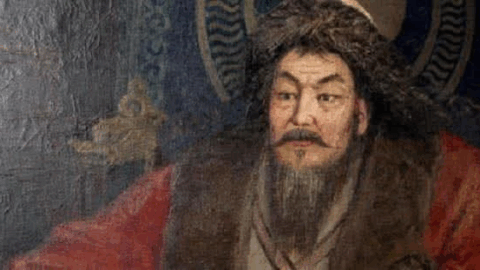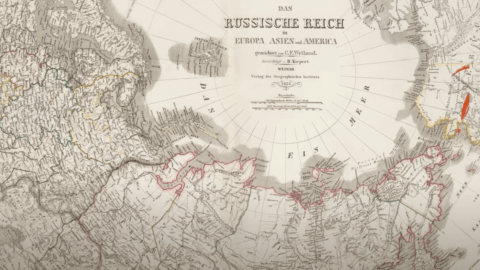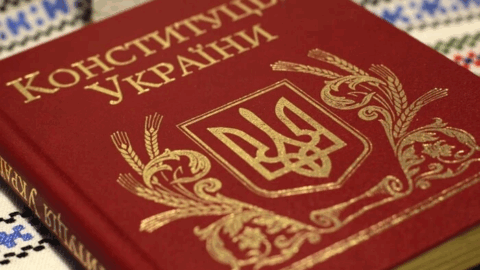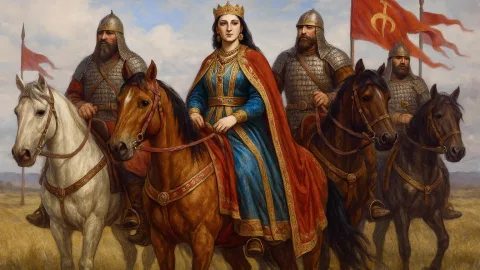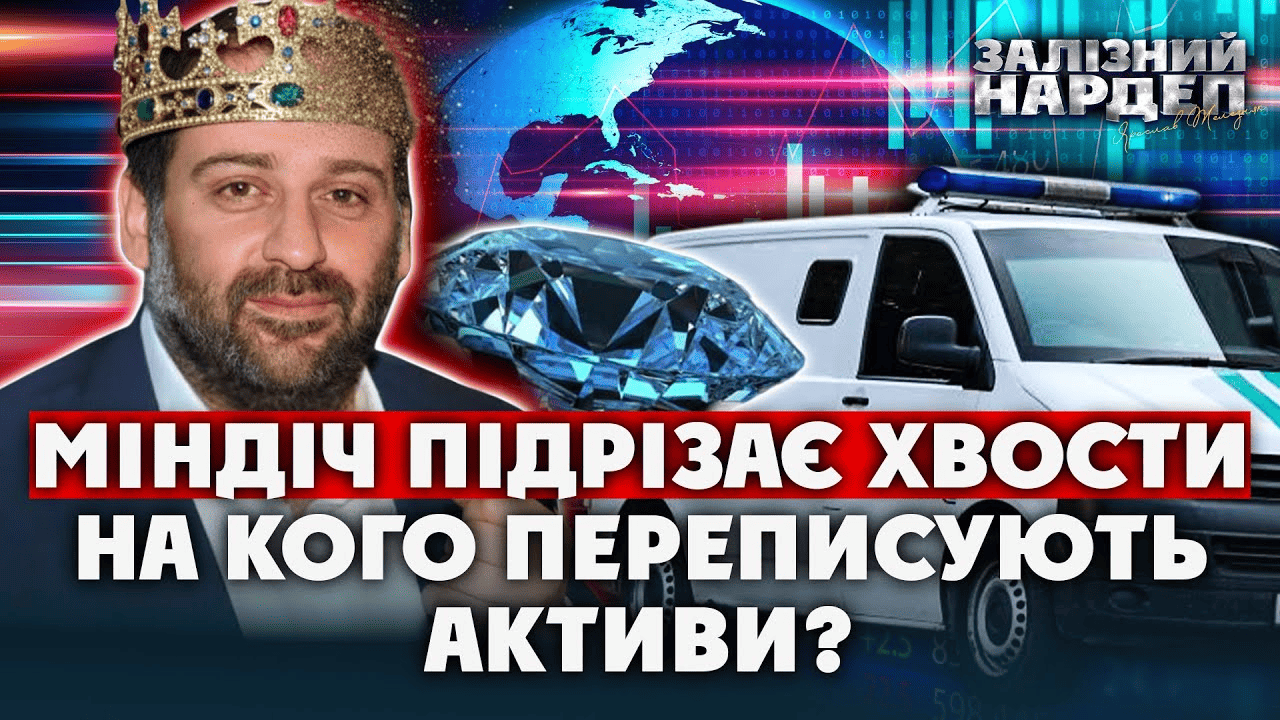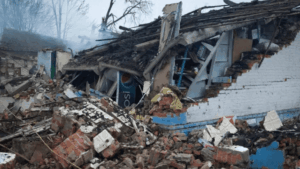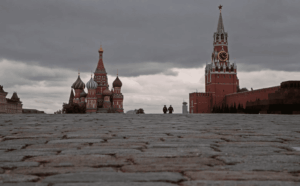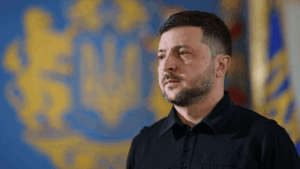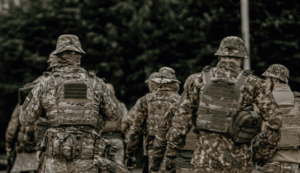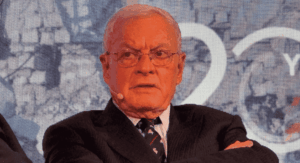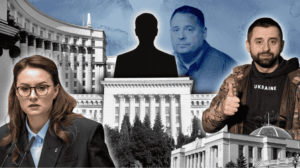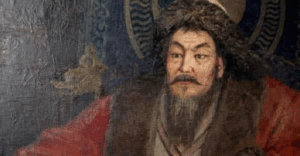Germany finally left Ukraine in late November 28, 1944. Ukraine’s seven million soldiers, industry, and strategic territory were crucial for the anti-Nazi coalition’s ultimate victory.
The expulsion of the Nazis from Ukrainian territories was made possible by the mass participation of Ukrainians both in the Red Army and in the Ukrainian liberation movement (OUN and UPA). The Ukrainian dimension of the Second World War was a struggle on all fronts and theaters of military operations: not only on the Eastern Front, but also within resistance movements in other countries, in the armies of the Allies fighting in Italy and France, in the Far East, and in the Pacific theater of war. We must remember everyone.
The expulsion of the Nazis from Ukraine was made possible by the combined efforts of the entire anti-Hitler coalition and the liberation anti-Nazi movements. A joint victory would not have been possible without these united efforts.
More Ukrainians fought on the side of the anti-Hitler coalition on the fronts of the Second World War than, for example, the British. Ukrainian casualties in the war exceeded the combined human losses of Great Britain, the United States of America, Poland, Canada, and France.
The expulsion of the Nazi oppressors did not bring Ukraine peace and freedom but led to the return of communist terror, mass deportations, and persecution of dissenters.
Not considering the expulsion of the Nazi occupiers as liberation, the Ukrainian nationalist underground continued the struggle for Ukraine’s independence. With the return of Soviet rule to Ukraine, the Stalinist leadership significantly increased the scale of deportations to remote regions of the USSR of large population groups — Poles from Western Ukraine, as well as those suspected of aiding the Ukrainian underground and UPA, the Crimean Tatar people, Greeks, Bulgarians, and Armenians of Crimea. Various legal restrictions and persecutions affected those who had lived under occupation, Ostarbeiters, and captured Red Army soldiers.
In reality, “liberation” means gaining freedom, but in 1944 this did not happen. Ukraine was truly liberated only on 24 August 1991, with the collapse of the Soviet Union.
Around the events of the expulsion of the Nazis from Ukraine, many myths exist. Here we debunk the two most common:
Myth 1: 28 October 1944 was the day of the final expulsion of Nazi occupiers from Ukraine
German troops finally left the territory of Ukraine at the end of November 1944.
In the USSR, the tradition developed to commemorate this event on 8 October, because on that day in 1944 the Soviet troops had driven the Germans out of the territory of Soviet Ukraine within its then borders.
In the summer of 1945, Czechoslovakia transferred Transcarpathia to the Soviet Union, which became part of the Ukrainian SSR.
On 28 October 1944, Soviet troops had only begun the battles for Chop; the enemy was completely expelled from Transcarpathia only on 25–26 November.
Myth 2: Russia could have defeated the German occupiers without Ukraine
Residents of the Ukrainian SSR made up about 7 million (23%) of the personnel of the Soviet Armed Forces, more than the British Army, which mobilized 6 million citizens.
Ukrainians held command positions in the Soviet Armed Forces.
The industry of the Ukrainian SSR worked to supply the front, with a significant part evacuated to the rear — to Russia and Central Asia.
Ukraine was among the USSR republics that first bore the brunt of the German forces; battles on its territory lasted over a year and stretched over more than a thousand kilometers from west to east.
Without Ukrainian human and industrial resources, victory over the Nazis would have been in doubt.
The anti-Hitler coalition included 58 states and sovereign territories, but the contribution of most of them was far smaller than that of the Ukrainian people.
Based on materials from the Ukrainian Institute of National Memory (UINP).
Tags: History liberation holiday national history Nazi expulsion Ukrainian past war remembrance WWII anniversary WWII in Ukraine